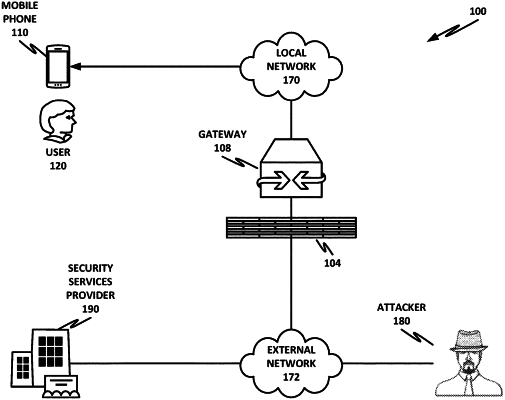| CPC H04M 3/42085 (2013.01) [G06N 20/00 (2019.01); G10L 15/02 (2013.01); G10L 15/26 (2013.01); G10L 25/63 (2013.01); H04M 2203/6027 (2013.01)] | 20 Claims |

|
1. A mobile telephone, comprising:
a hardware platform comprising a processor and a memory;
a telecommunication transceiver; and
instructions encoded within the memory to instruct the processor to:
identify a call made via the telecommunication transceiver;
analyze the call, comprising analyzing audio of the call while the call is in progress to identify indicia of deceit, and based on the analysis assign the call a predicted local reputation according to the analysis, including a legitimacy confidence score;
if the legitimacy confidence score is less than a first threshold, terminate the call;
if the legitimacy confidence score is greater than a second threshold, cease analysis of the call; and
if the legitimacy confidence score is between the first and second thresholds, continue analysis of the call.
|